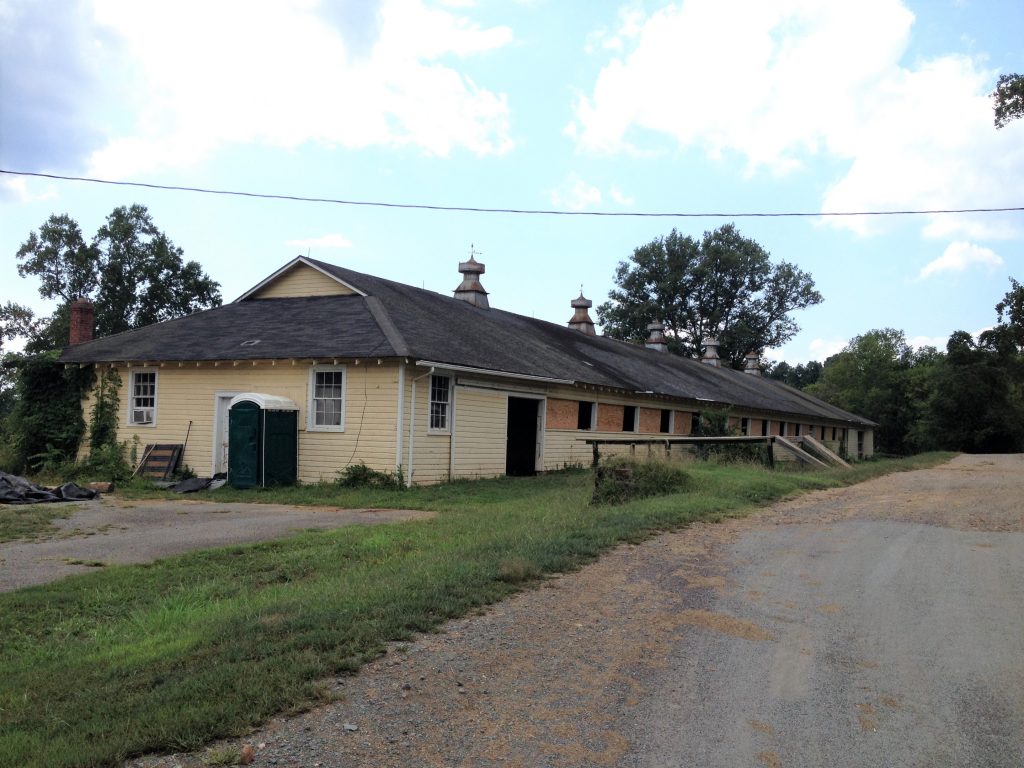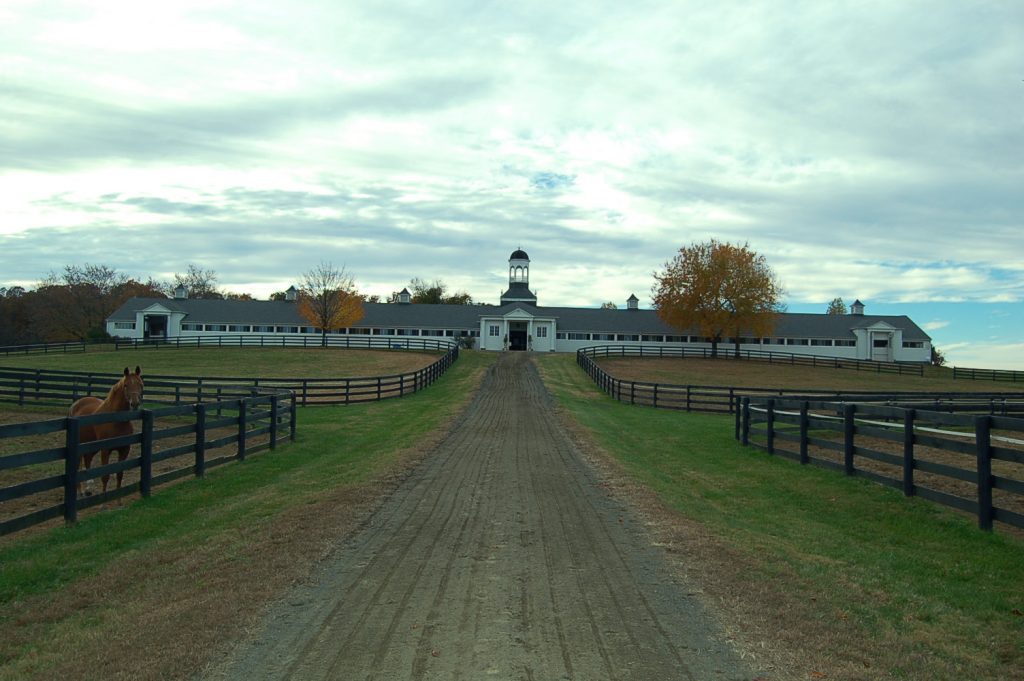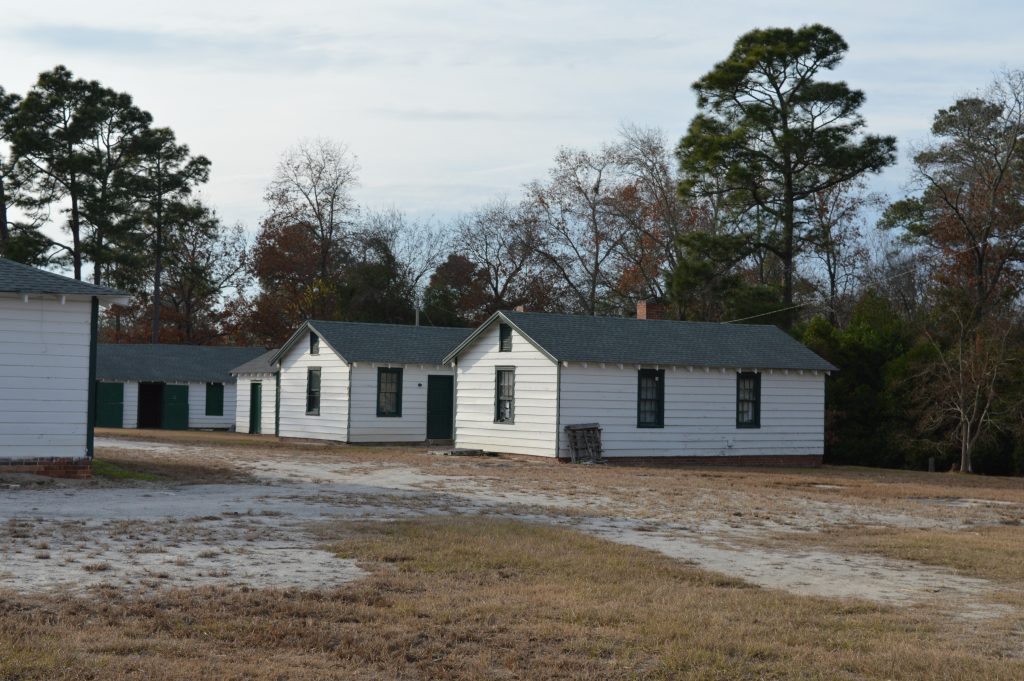I became interested in exploring the intersection of social and architectural history while pursuing a double major in history and historic preservation at the University of Mary Washington. Intrigued by the thought that the built environment could reflect the gendered understandings of its designers while simultaneously imposing gender norms on its occupants, I set about writing two honors theses as a senior.

My history honors thesis “‘The Ideals of Pine Mountain’: Gender, Progressive Thought, and the Built Environment at Pine Mountain Settlement School” examined how the school’s female founders and early woman architect Mary Rockwell Hook’s white, middle-class understandings of education, domesticity, and gender norms influenced their designs for the school. It also explored the tensions between the women’s desire to preserve Appalachian culture while seeking to impose urban, middle-class norms on their students.

For my historic preservation honors thesis “Gender and Virginia’s Early-Twentieth Century Equine Landscapes,” I studied five thoroughbred breeding and training farms to see if I could find evidence that women owners held different understandings of racehorse breeding and competition that were reflected in the ways in which they designed their farms.

Attending graduate school in Charleston, South Carolina was another formative experience. My coursework and internships, especially my work with the Historic Charleston Foundation, Mother Emanuel AME Church, and Avery Research Center for African American History and Culture, made me realize the centrality of race and class to the study of social history and the built environment. Although my masters thesis “The Twentieth-Century Thoroughbred Training Landscapes of Aiken and Camden, South Carolina” largely focused on landscape patterns and training barn typologies, I also began to study worker housing. My research since I have become a PhD student at the University of Delaware has focused on the roles of race, class, and gender in the formation of workplace hierarchies in thoroughbred racing stables and the reflection of these social constructs on the broader equine landscape.